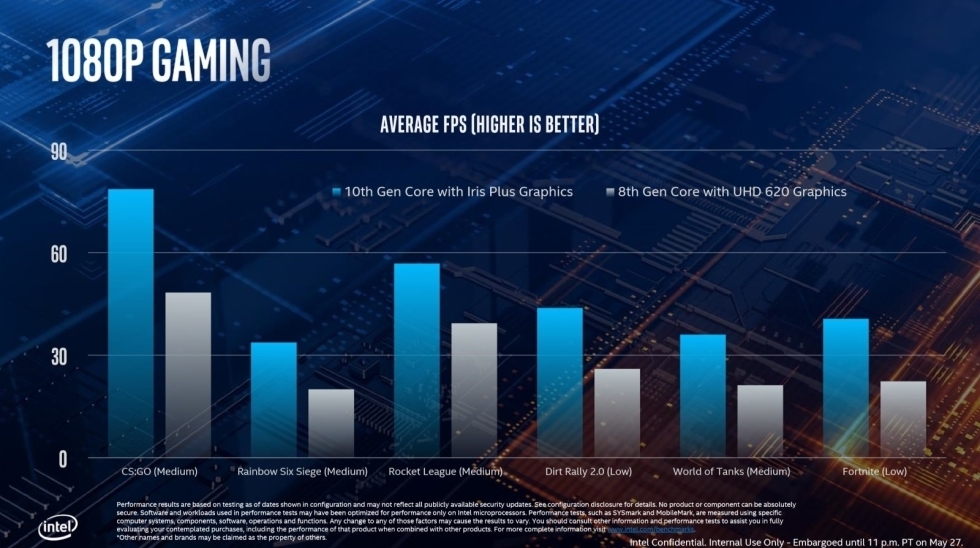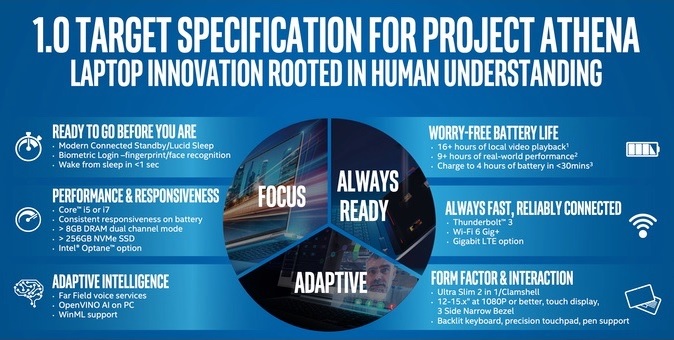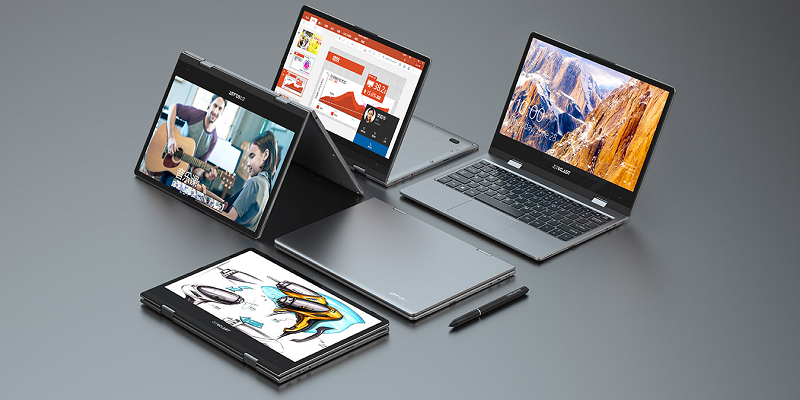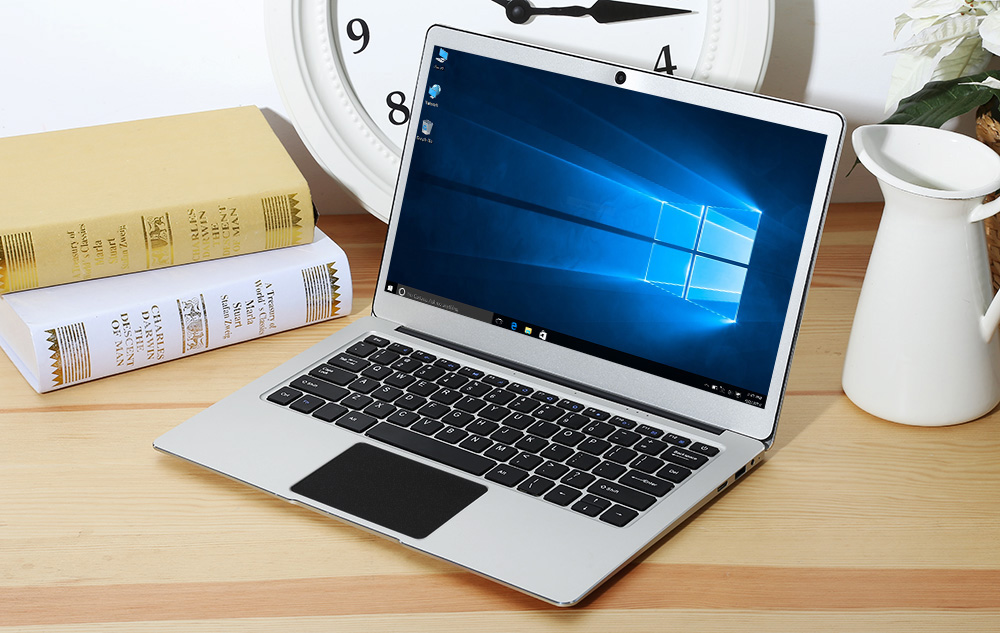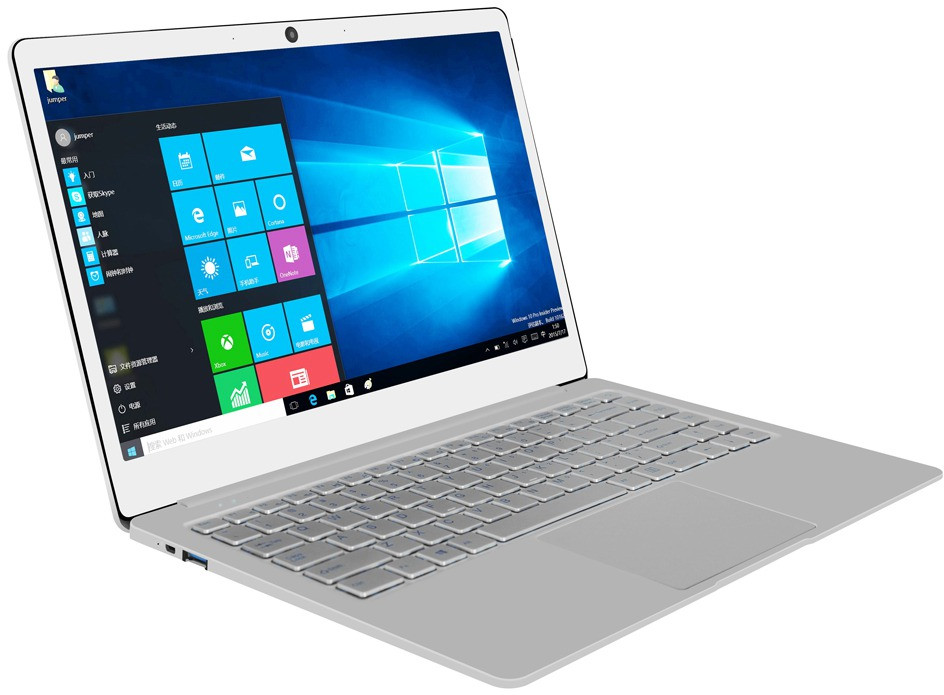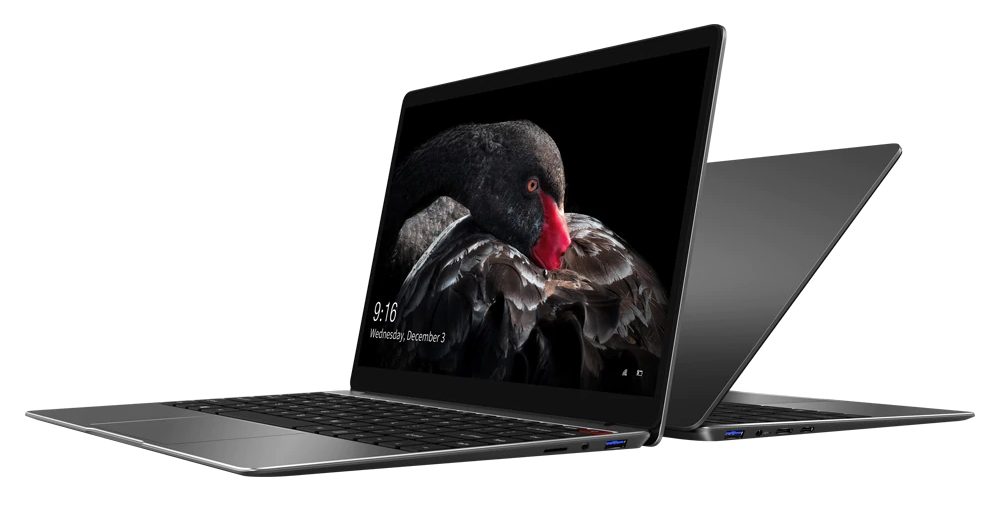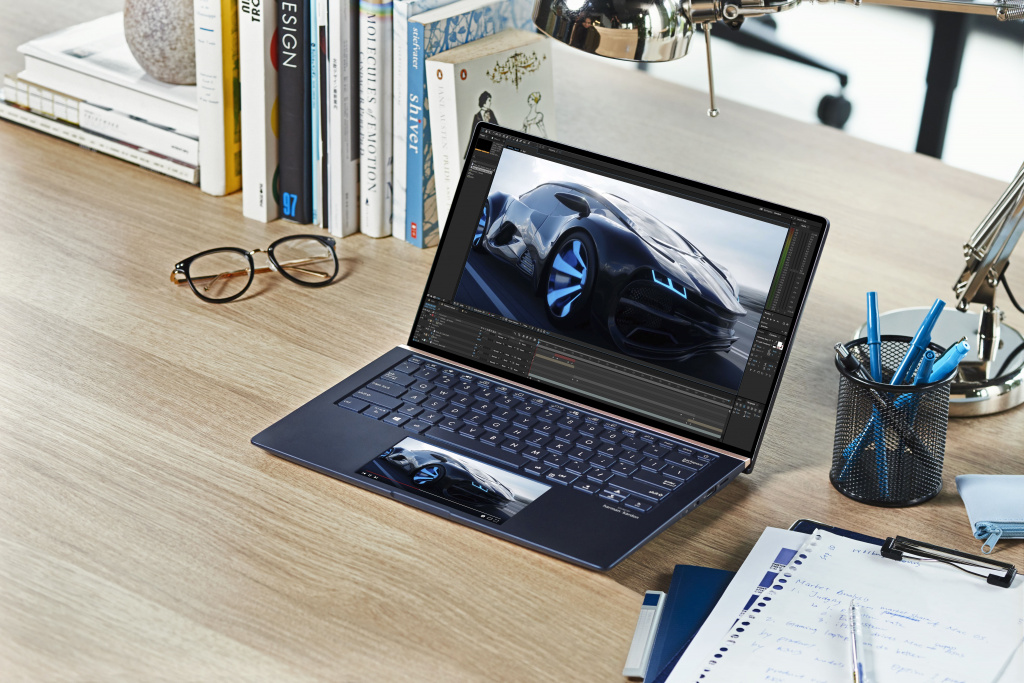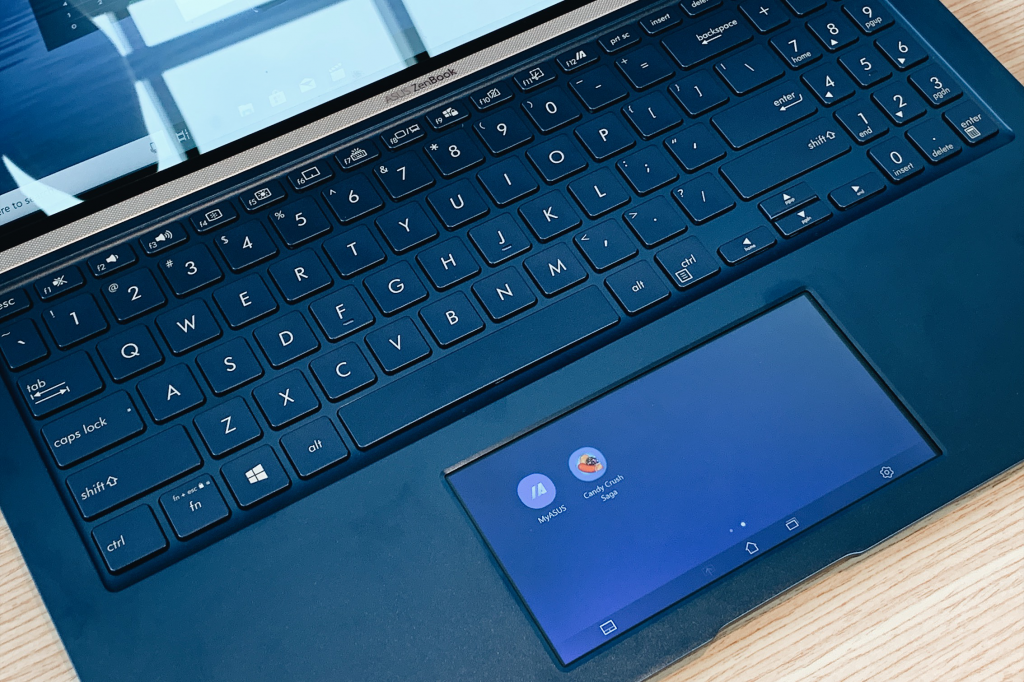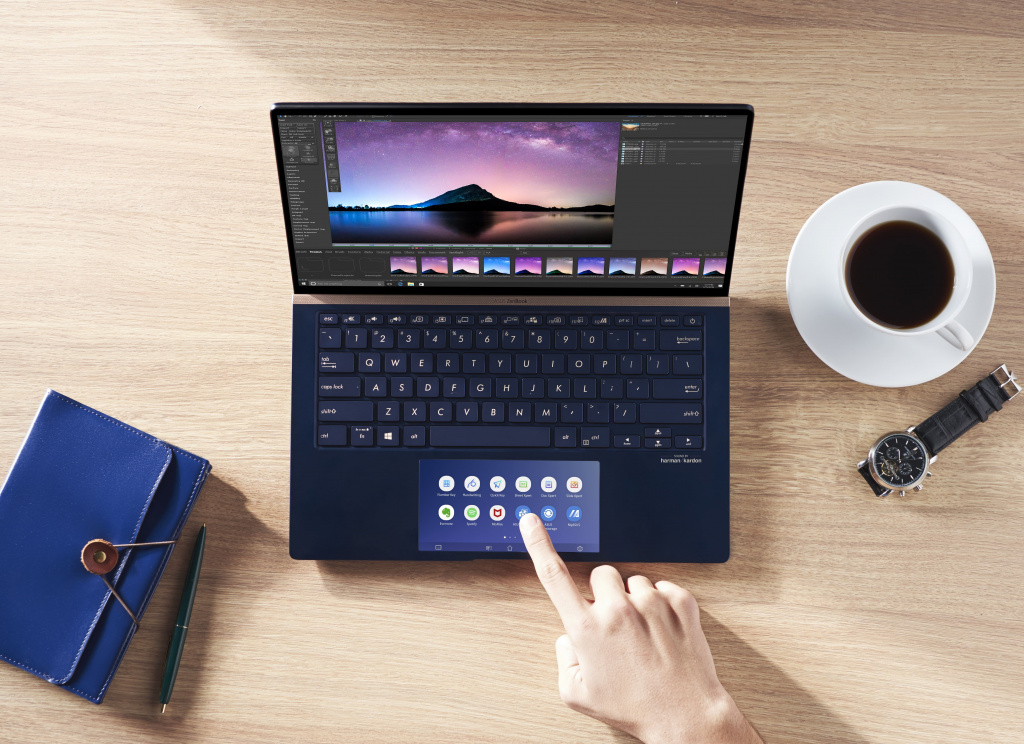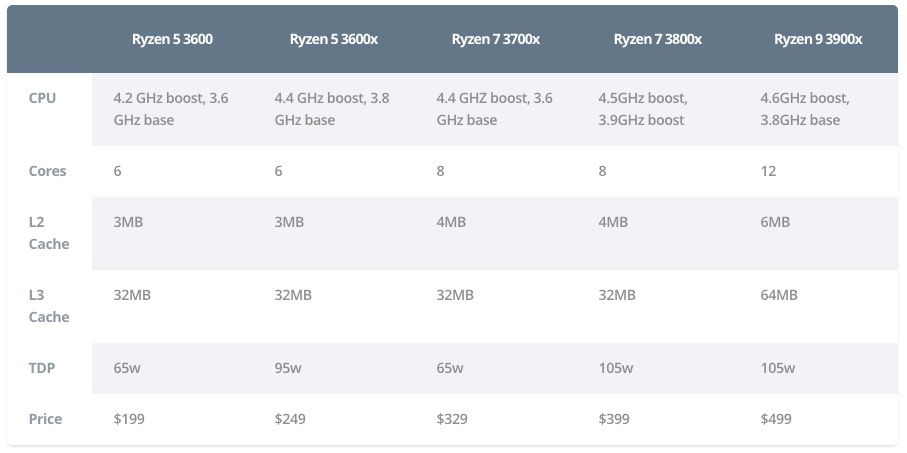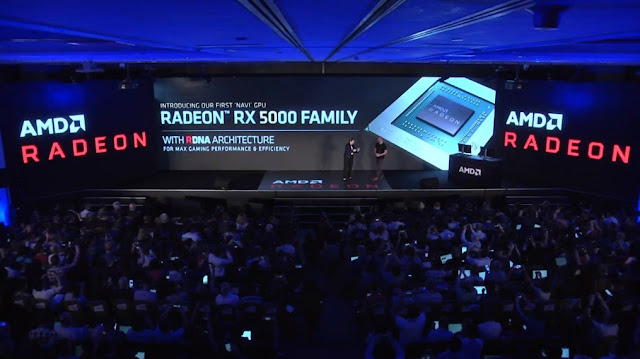Apple
May 29, 2019
Apple quietly introduced the new iPod touch
Cupertino just rolled out an updated iPod touch with an Apple A10 Fusion chip. The new player looks exactly the same as the previous model of the fourth generation. It is equipped with a 4-inch screen with thick frames and a physical button “Home” without an identifier.
The new iPod touch, in addition to the powerful processor, received a storage capacity of 256 GB, in addition to this, versions with 32 and 128 gigabytes are available. Until today, Apple last updated its player in 2015. This model is very outdated and did not support ARKit and FaceTime group calls, because the A8 processor power was not enough.

New iPod touch, finally, joins the current model range of mobile devices Apple, which support all the features of the current version of iOS. Despite this, touch continues to lag behind. Its design has not changed since 2012, and it lacks biometric identification functions. The screen size has remained the same. Apple on the player page focuses on games, but 4 inches is negligible for 2019 to comfortably play games, even mobile ones. Prices for new items:
- 32GB - 199$
- 128 GB -299$
- 256 GB - 399$
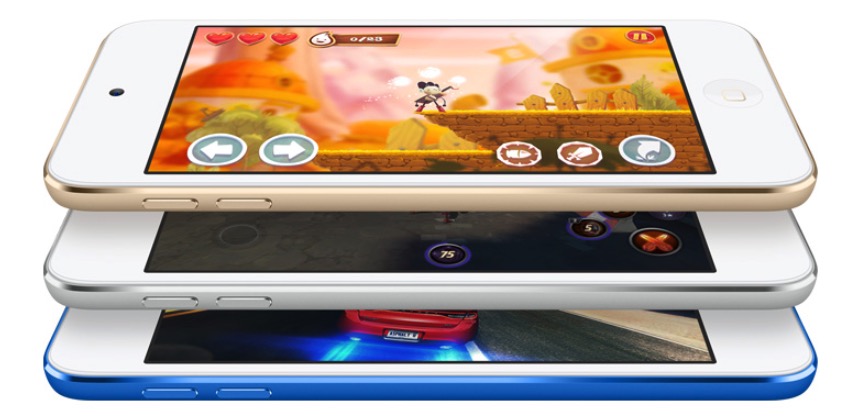
Recall, Apple is going to announce iOS 13 as early as next week. As for iPods, the company only supports the latest generation, which may mean that iOS 12 will become the latest version of the operating system for previous generation players.



